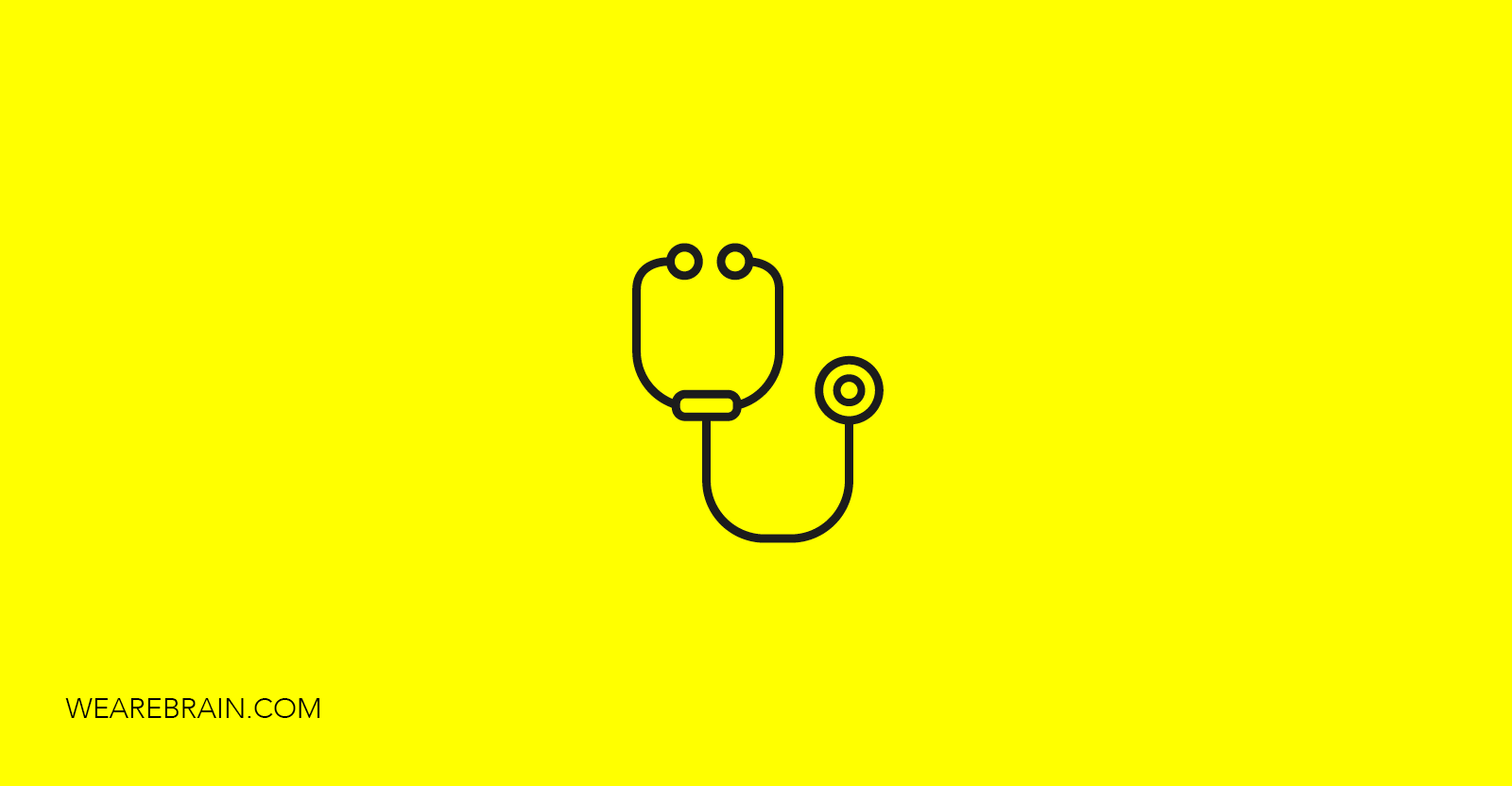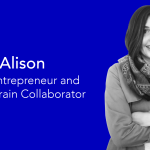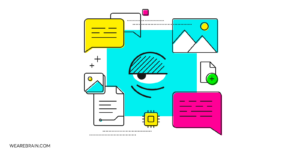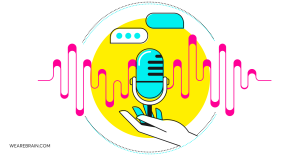How AI is transforming the healthcare industry — Part 2

Last week we took a look at some of the most innovative bots in the healthcare industry and we realised that there are so many ways AI is infiltrating the practice of medicine we just had to take a second look. So this week we’re going to take a look at what the hospitals of the future are going to look like and how AI is making real advances in medicine for developing countries. AI is not just providing users with a first-responder like access to self-diagnosis it is helping healthcare professionals worldwide become better at their jobs. It’s also changing how hospitals are run, touching everything from hospital administration to innovation in medical procedures.
Hospitals of tomorrow
By combining big data, cloud computing services and machine learning, innovators in the AI space are building solutions that can help provide expert insight and analysis on a mass scale at what are projected to be relatively low costs. As these trends continue the idea of a ‘Smart Hospital’ is on the horizon. Some are even seeing its realisation as early as 2020
But, what is a Smart Hospital?
Basically, by using the IoT (Internet of Things) and its ability to improve existing procedures and introducing new capabilities through its overwhelming capacity to collect and analyse masses of data, tech innovators are now able to combine this with AI to create critical infrastructure that is more responsive and has the ability to self-learn and expand.
The high cost of good medical care is driving development in this arena. Universal healthcare is an enigma with many patients in the developing world still dying from completely curable diseases. With current projections, without the development of smart AI to assist in medical care, many more sick people will not be able to afford the care they need. It has become apparent that if we wish to ensure that future generations have more access to healthcare, rather than less, these initiatives are imperative.
Machine learning, Blockchain and Smart Devices
Have you counted your steps today? Or do you have an app that tracks the number of hours you sleep? Does your smartwatch monitor your heart rate when you run? All of this data is an invaluable record that can help health professionals analyse how well you are over time. Never before have humans been able to monitor their individual health indicators so frequently and accurately as they can today. The idea of a Smart Hospital and its interconnected systems would allow for your data to be transferred and analysed so doctors (and their supporting AI systems) could quickly pick up critical changes that may be contributing to your ill health at any one point.
Areas like radiology, oncology and dermatology are also just a few examples of where machine learning can help reduce the overall cost of care. As much as 80% of the process towards diagnosis for these medical practices could be replaced and managed by machine algorithms. We’re not saying it’s time for doctors to find new jobs but much like our previous articles that have focussed specifically on how RPA is changing the business world. Allowing machines to take over parts of the medical process that are easily managed by current technology, doctors will be in the position to innovate themselves. While humans are technically the healthiest they have ever been, viruses and bacteria are also getting smarter and becoming harder to cure. Wouldn’t you rather have the bright minds of doctors focussed on managing these new challenges?
Interestingly another area of technological innovation that is also propelling the reality of the Smart Hospital forward is Blockchain technology. Using the principles of Blockchain, patient data is stored as a ‘block’ to make up a unique, complete and unalterable patient data profile which can be securely shared with healthcare providers and research organisations. Blockchain technology protects patients privacy and can reduce the time to solving medical cases because of the security it offers in the transmission of patient data between health providers.
How AI can assist medical practitioners in the developing world
The three contributing factors to poor health in the developing world are access, cost and lack of resources. The current developments in the field of AI and machine learning are set to address all three. As mentioned in last week’s article, more sick people have access to pre-diagnosis through various bots and apps. Alerting individuals to seek medical care sooner than they might if they didn’t have access to the information this technology provides. However, it’s not just the patient that has had a lack of access that AI can now solve. There are a number of projects underway that are dedicated to helping doctors and other medical practitioners diagnose and treat at-risk patients in rural and underdeveloped areas. Various algorithms are improving early detection of diseases, the development of treatment protocols and patient monitoring and care.
Initiatives like Project DataREACH currently in trial phase in Cameroon are very promising. Vikash Singh, founder of the project, is leveraging machine learning and predictive analytics to assess various health risks, as well as exploring techniques to utilise surveillance data for early detection of the outbreak of infectious diseases.
The app allows medical staff to collect patient data like height, weight, blood pressure, cholesterol, family history, and location. That data is then analyzed via machine learning to assist physicians in evaluating the risk of noncommunicable diseases, including diabetes and cardiovascular issues.
Applications like these also address questions of cost and lack of resources, in Kenya women are flocking to clinics for their “cervical selfies”. Cervical cancer has one of the highest mortality rates of all cancers and happens to be one of the easiest to cure if caught in early stages. Using an optical accessory that snaps onto the lens of a Android Smartphone, doctors and nurses are able to screen for cervical abnormalities, not only can it be used for early detection the plan is to store all images in the cloud to use for further medical research. Up until now the cost for wide-scale screening has been prohibitive but this new tool is a game changer. Added to this, in areas where doctors are few and far between these images can be sent to a ‘medical hub’ where they can be analysed by qualified doctors.
Looking into the future
The examples of how AI is going to revolutionise healthcare for the poor and marginalised are, thankfully, quite vast and we could go on for days. From RPA technology being used to reassign medical codes for various illnesses and medicines, to robotics helping doctors perform surgery remotely, this is an area that is particularly exciting for those who are AI curious.
Going into the future AI has the potential to change the development landscape and appears to be the first real chance we have seen to recognising the enigmatic concept of universal healthcare.
Mario Grunitz
Working Machines
An executive’s guide to AI and Intelligent Automation. Working Machines takes a look at how the renewed vigour for the development of Artificial Intelligence and Intelligent Automation technology has begun to change how businesses operate.







